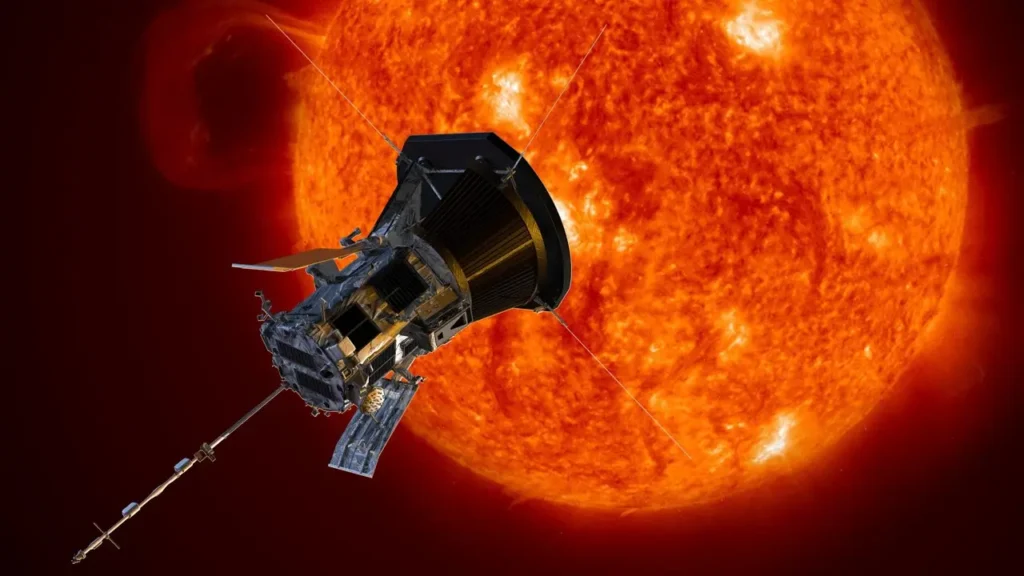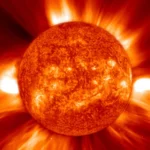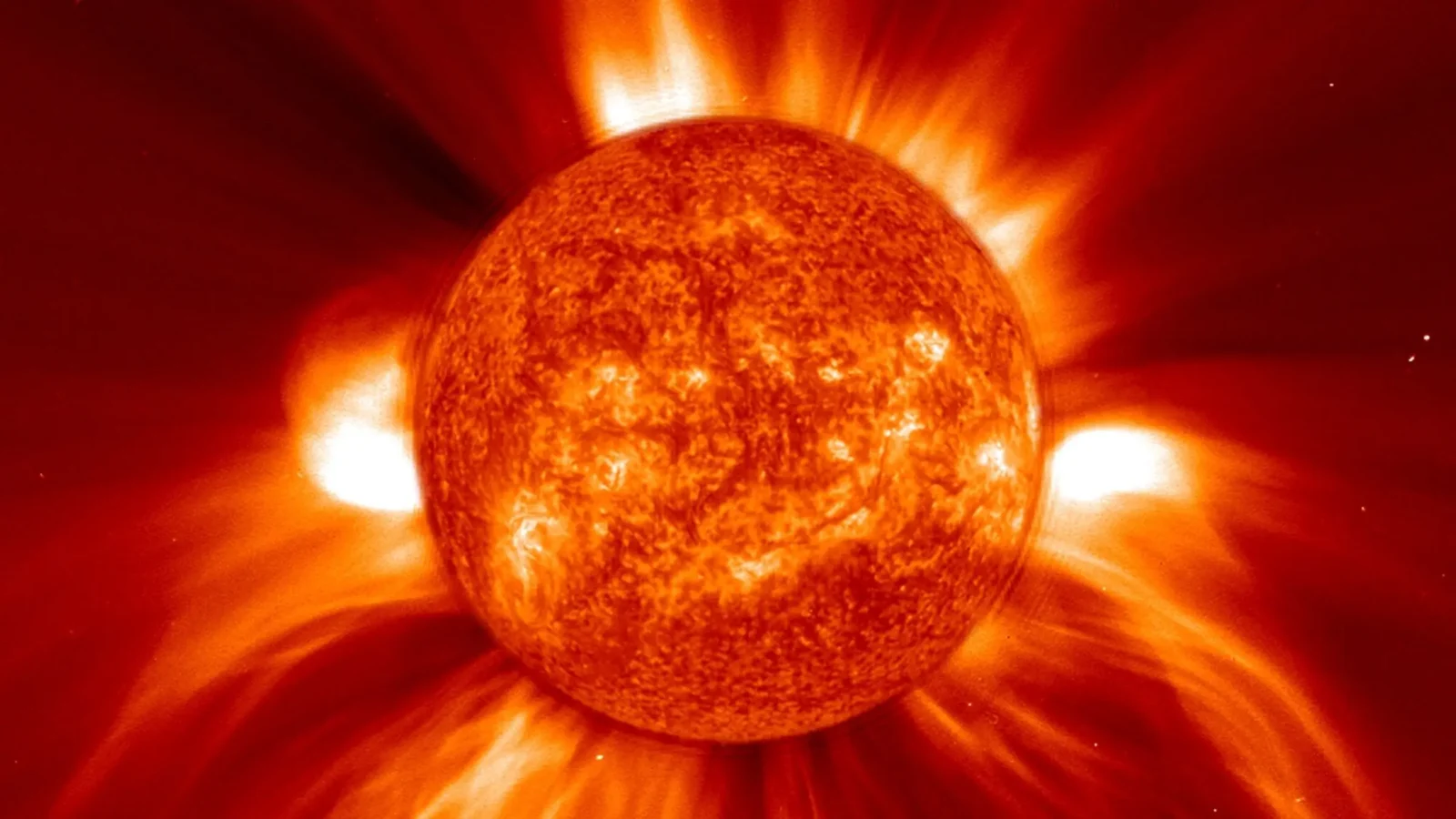The Sun has always fascinated us—its blazing heat, mesmerizing light, and mysterious behavior keep scientists exploring. One surprising fact that often confounds people is that the Sun’s surface, which we see shining bright in the sky, is actually much cooler than its outer atmosphere. Sounds unbelievable? Let’s dive in to understand why the Sun’s outer atmosphere, known as the corona, sizzles at temperatures millions of degrees hotter than the visible surface, or photosphere.
Understanding the Layers of the Sun
To get the full picture, we need to look at the Sun layer by layer:
- Photosphere: This is the Sun’s visible surface with temperatures around 5,800 Kelvin (about 10,000 degrees Fahrenheit). It’s where sunlight escapes, giving us the bright glow we see.
- Chromosphere: A thin layer just above the photosphere, with temperatures rising to roughly 8,000 Kelvin.
- Corona: The Sun’s outer atmosphere, extending millions of kilometers into space, where temperatures soar dramatically to 1 to 3 million Kelvin, sometimes reaching up to 20 million Kelvin in active regions.
This vast jump in temperature from the photosphere to the corona is what scientists call the coronal heating problem—a puzzling question in solar physics.
The Coronal Heating Problem: Why the Corona Is So Hot
According to basic physics, heat should flow from hotter areas to cooler ones, so the corona being hotter than the surface defies expectations. How does this happen?
Researchers believe the Sun’s complex magnetic field acts like a giant power source. Two main processes are thought to pump energy into the corona:
- Magnetohydrodynamic (MHD) Waves: These are waves generated by the turbulent motions beneath the Sun’s surface, traveling upward and transferring energy to heat the corona.
- Magnetic Reconnection: The Sun’s magnetic field lines can twist and snap, releasing bursts of energy called nanoflares, which spray heat into the corona.
Both processes play roles in maintaining the corona’s incredible heat, yet scientists are still piecing together exactly how these mechanisms work in detail.
Why Does Understanding the Corona Matter?
The Sun’s corona influences space weather—solar flares, and coronal mass ejections—that can affect satellites, communications, and even power grids on Earth. Understanding coronal heating helps scientists predict solar storms better, which is crucial for protecting technology and astronauts in space.
NASA’s Parker Solar Probe and New Insights
To solve this solar mystery, NASA launched the Parker Solar Probe, the closest spacecraft ever to the Sun. It gathers close-up data on solar particles, magnetic fields, and waves in the corona. Early discoveries suggest waves called Alfvén waves carry immense energy, helping to keep the corona hot. This mission continues to provide invaluable data, bringing us closer to unraveling the mystery.

Frequently Asked Questions
Q1: How hot is the Sun’s surface compared to the corona?
The photosphere is about 5,800 Kelvin, while the corona ranges between 1 million to over 3 million Kelvin.
Q2: What causes magnetic reconnection?
Magnetic reconnection happens when twisted magnetic field lines suddenly snap and reconnect, releasing huge amounts of energy as heat and light.
Q3: Can humans see the corona?
The corona is visible during total solar eclipses as a glowing halo around the Sun.
Related Concepts to Explore
- Solar flares and their effects on Earth
- Solar wind and space weather
- The Sun’s magnetic cycle
Visualizing the Sun’s Atmosphere
Including diagrams of the Sun’s layers and animations showing magnetic field lines snapping can make these concepts easier to grasp.
Key Takeaways
- The corona’s extreme heat remains one of the biggest mysteries in astrophysics.
- Magnetic waves and reconnection are strong candidates explaining coronal heating.
- Understanding the corona helps us predict and mitigate space weather risks affecting Earth.
Links
- NASA’s Parker Solar Probe mission overview: https://www.nasa.gov/content/goddard/parker-solar-probe
- ISRO page on Solar Corona: https://www.isro.gov.in/xray.html
- Article on Coronal Heating Problem – Phys.org: https://phys.org/news/2024-07-solar-corona-hotter-sun-surface.html









Leave a comment